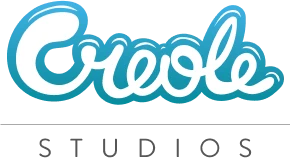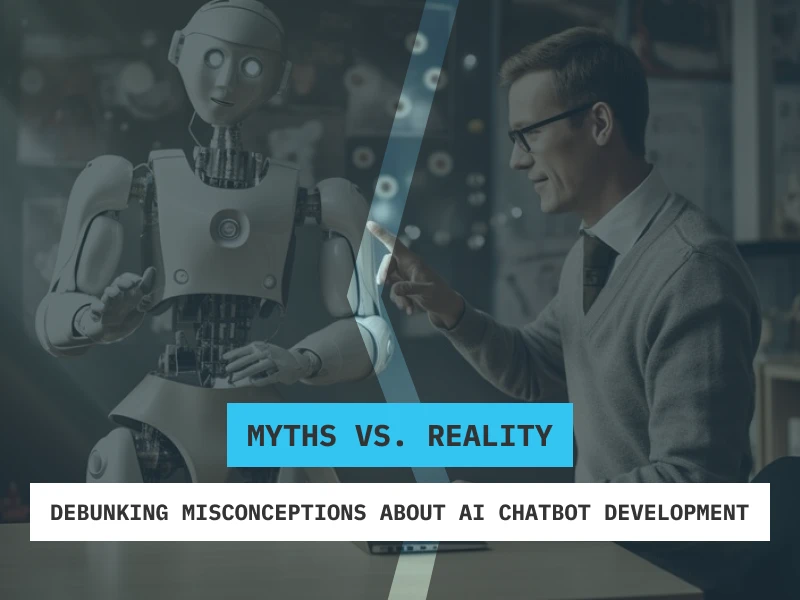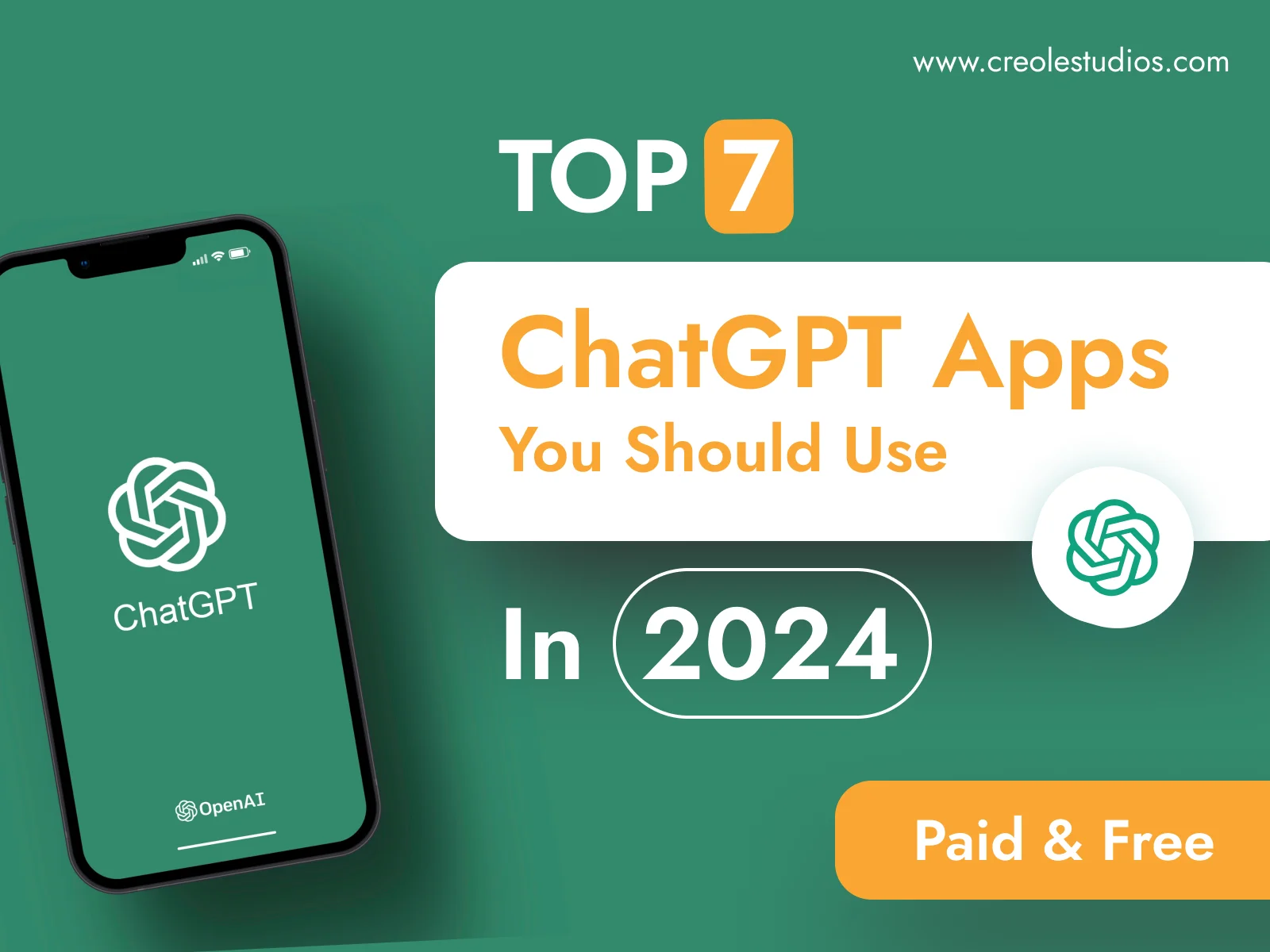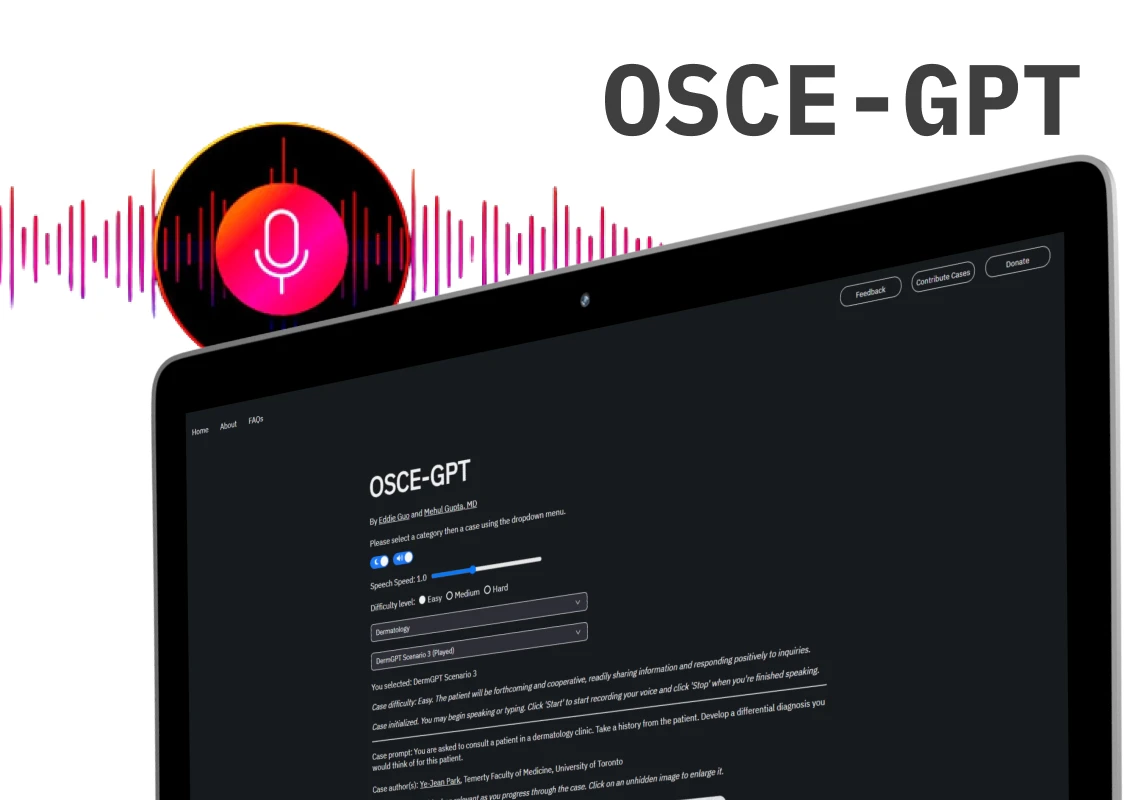Introduction
In recent years, the adoption of artificial intelligence (AI) chatbots has surged across various industries, revolutionizing customer service, streamlining business operations, and enhancing user experiences. As an AI Chatbot Development Company, we’ve encountered a plethora of myths surrounding this field, hindering the progress and adoption of this transformative technology. However, amid the widespread enthusiasm for AI-driven chatbots, numerous myths and misconceptions have emerged, clouding the understanding of their capabilities and potential.
In this article, we aim to debunk some of the common myths surrounding AI chatbot development, shedding light on the reality behind these innovative technologies.
Read More: AI Chatbot Development: Everything You Need to Know
Myth 1: AI Chatbots are Expensive and Complex to Develop
One common misconception about AI chatbots is their perceived high cost and technical complexity. However, with the evolution of accessible tools and no-code platforms, businesses can now develop sophisticated chatbots without hefty investments or specialized skills. An AI Chatbot Development Company can play a pivotal role in guiding organizations through this process, offering expertise and support to efficiently leverage these advancements for tailored solutions.
Reality:
- Ongoing advancements in AI technologies have led to the development of more efficient algorithms and frameworks, reducing the complexity of building AI chatbots.
- The availability of user-friendly development tools, such as drag-and-drop interfaces and pre-built frameworks, has significantly simplified the development process, making it accessible even to those without extensive technical backgrounds.
- With the proliferation of open-source resources and cloud computing services, the cost of developing AI chatbots has decreased substantially, allowing businesses of varying sizes to affordably invest in chatbot development.
Myth 2: AI Chatbots Lack Personalization and Human Touch
Another common myth surrounding AI chatbots is that they lack the personalization and human touch necessary to engage users effectively. Skeptics argue that automated responses can feel impersonal and fail to understand the nuanced context of human interactions, leading to frustration and dissatisfaction among users. However, recent advancements in AI and machine learning have empowered chatbots, particularly those crafted by the AI Chatbot development company, to deliver highly personalized experiences, leveraging data analytics and contextual understanding to anticipate user needs and preferences accurately.
Reality:
- AI chatbots can be personalized through machine learning algorithms, adapting responses based on user interactions and preferences.
- Advancements in natural language processing (NLP) enable chatbots to understand human emotions and nuances, facilitating more empathetic interactions.
- Integration with CRM systems allows chatbots to access user data for personalized recommendations and assistance.
Myth 3: AI Chatbots Will Replace Human Agents
A prevalent fear surrounding the adoption of AI chatbots is the misconception that they will render human agents obsolete, leading to widespread job displacement and economic disruption. A 2021 study by Gartner predicts that by 2027, AI chatbots will be responsible for handling 25% of customer service interactionsCritics argue that the automation of customer service functions will diminish the need for human intervention, resulting in a loss of employment opportunities and a decline in the quality of service delivery. This underscores the importance of the AI chatbot development company in creating solutions that complement and enhance human capabilities rather than supplant them entirely.
Reality:
- AI chatbots are not designed to completely replace human agents but rather to complement their work.
- While chatbots can handle routine and repetitive tasks efficiently, they lack the empathy, creativity, and nuanced understanding that human agents provide.
- Human agents are essential for handling complex inquiries, resolving escalated issues, and providing personalized support that requires emotional intelligence.
Myth 4: AI Chatbots are Prone to Errors and Misunderstandings
One of the persistent misconceptions about AI chatbots is that they are prone to errors and misunderstandings, leading to frustrating user experiences and diminishing trust in the technology. However, while AI chatbots may encounter challenges in understanding complex queries or cultural nuances, ongoing advancements in AI and machine learning algorithms continue to enhance their accuracy and adaptability. These advancements are particularly significant for the AI chatbot development company, as they drive improvements in the capabilities of chatbot systems and contribute to more seamless interactions with users.
Reality:
- AI chatbots are continuously trained and improved upon using large datasets and machine learning algorithms. This ongoing learning process helps to minimize errors and misunderstandings over time.
- Advanced NLP techniques enable chatbots to understand and interpret human language with increasing accuracy, reducing the likelihood of communication errors.
- Modern AI chatbots are designed to understand context and intent, allowing them to provide more relevant and accurate responses to user queries, thereby mitigating misunderstandings.
Myth 5: AI Chatbots Can’t Handle Complex Conversations
There is a misconception that AI chatbots are only capable of handling simple, straightforward interactions and cannot engage in meaningful or complex conversations with users. However, advancements in natural language processing (NLP) and machine learning have enabled chatbots to understand and respond to more complex queries, allowing them to navigate intricate conversations and provide valuable assistance across a wide range of topics and domains.
Reality:
- The AI chatbot development company possesses sophisticated natural language processing capabilities that enable them to understand and respond to complex conversations effectively.”
- AI chatbots are equipped with algorithms that allow them to grasp context and meaning within conversations, enabling them to maintain coherence and relevance in dialogue, even in intricate discussions.
- AI chatbots are often built upon machine learning algorithms that enable them to continuously improve their conversational abilities over time. Through data analysis and feedback mechanisms, they adapt to handle increasingly complex interactions.
Myth 6: AI Chatbots Are One-Size-Fits-All Solutions
Some believe that AI chatbots offer generic, one-size-fits-all solutions that are not customizable or adaptable to specific business needs and requirements. However, the reality is that AI chatbots can be tailored and customized to suit the unique goals, preferences, and branding of each organization, allowing businesses to design chatbot experiences that align with their distinct identity and objectives.
Reality:
- AI chatbots are highly customizable, allowing businesses to tailor them to specific industries, languages, and customer preferences. They can be programmed to understand and respond to a wide range of queries and contexts, ensuring they meet the unique needs of each business.
- Modern AI chatbot platforms offer scalability, enabling businesses to expand their functionality and capabilities as needed. Whether it’s handling increased user demand or integrating with new systems and databases, AI chatbots can adapt to evolving requirements without compromising performance.
- AI chatbots can deliver personalized experiences by analyzing user data and behavior patterns. Through machine learning algorithms, chatbots can understand individual preferences and provide recommendations or assistance tailored to each user, enhancing engagement and satisfaction.
Myth 7: AI Chatbots Are Inherently Biased
There is a misconception that AI chatbots are inherently biased and discriminatory, reflecting the biases of their creators or training data and perpetuating inequalities in society. Critics argue that chatbots may exhibit biased behavior, particularly in sensitive or high-stakes applications such as hiring, lending, or healthcare, leading to ethical concerns and social ramifications. It underscores the importance of rigorous AI Chatbot Development services to mitigate bias and ensure fairness in their functioning.
Reality:
- AI chatbots themselves are not inherently biased. Instead, biases can arise from the data they are trained on and the algorithms used to develop them.
- The biases present in AI chatbots often stem from the data used to train them. If the training data contains biases, the chatbot may learn and replicate those biases in its responses.
- To mitigate bias in AI chatbots, developers must carefully curate training data, removing or correcting biased samples and ensuring representation from diverse sources.
Myth 8: AI Chatbots Are Vulnerable to Security Threats
Some believe that AI chatbots pose security risks and vulnerabilities, making them susceptible to hacking, data breaches, and malicious exploitation. Critics argue that chatbots may inadvertently disclose sensitive information, fall victim to social engineering attacks, or become conduits for malware and phishing scams, compromising the privacy and security of users’ data.
Reality:
- AI chatbot developers and providers have implemented robust security measures to protect against various threats. These measures include encryption of data transmissions, secure authentication mechanisms, and regular security audits.
- AI chatbot systems are continuously monitored for any suspicious activities or potential security breaches. This proactive approach helps in identifying and mitigating security threats before they can cause harm.
- Many AI chatbots are built on top of secure platforms and frameworks that have built-in security features. This integration ensures that chatbots inherit the security capabilities of the underlying infrastructure.
Myth 9: AI Chatbots Are Limited to Text-Based Interactions
There is a misconception that AI chatbots are confined to text-based interactions and cannot support other communication modalities such as voice, images, or multimedia content. Critics argue that text-based chatbots may be insufficient for conveying complex information or addressing diverse user preferences, limiting their utility and appeal.
Reality:
- AI chatbots are not limited to text-based interactions; they can also incorporate other modalities such as voice and images.
- Advancements in natural language understanding (NLU) enable chatbots to comprehend and respond to spoken language effectively.
- Integration with speech recognition technology allows users to engage with chatbots through voice commands.
Conclusion
In conclusion, businesses must dispel myths surrounding AI chatbot development to effectively utilize these tools. Collaborating with an experienced AI Chatbot Development Company is essential for optimizing outcomes, enriching customer experiences, and fostering growth in today’s competitive market. By addressing misconceptions and emphasizing the true capabilities of AI chatbots, businesses can unlock their full potential to enhance customer experiences, streamline operations, and drive growth. As AI continues to evolve, chatbots will increasingly shape the future of customer engagement and service delivery, bridging the gap between humans and machines in the digital age.











 30 mins free Consulting
30 mins free Consulting 
 11 min read
11 min read 


 Canada
Canada 





 Love we get from the world
Love we get from the world 